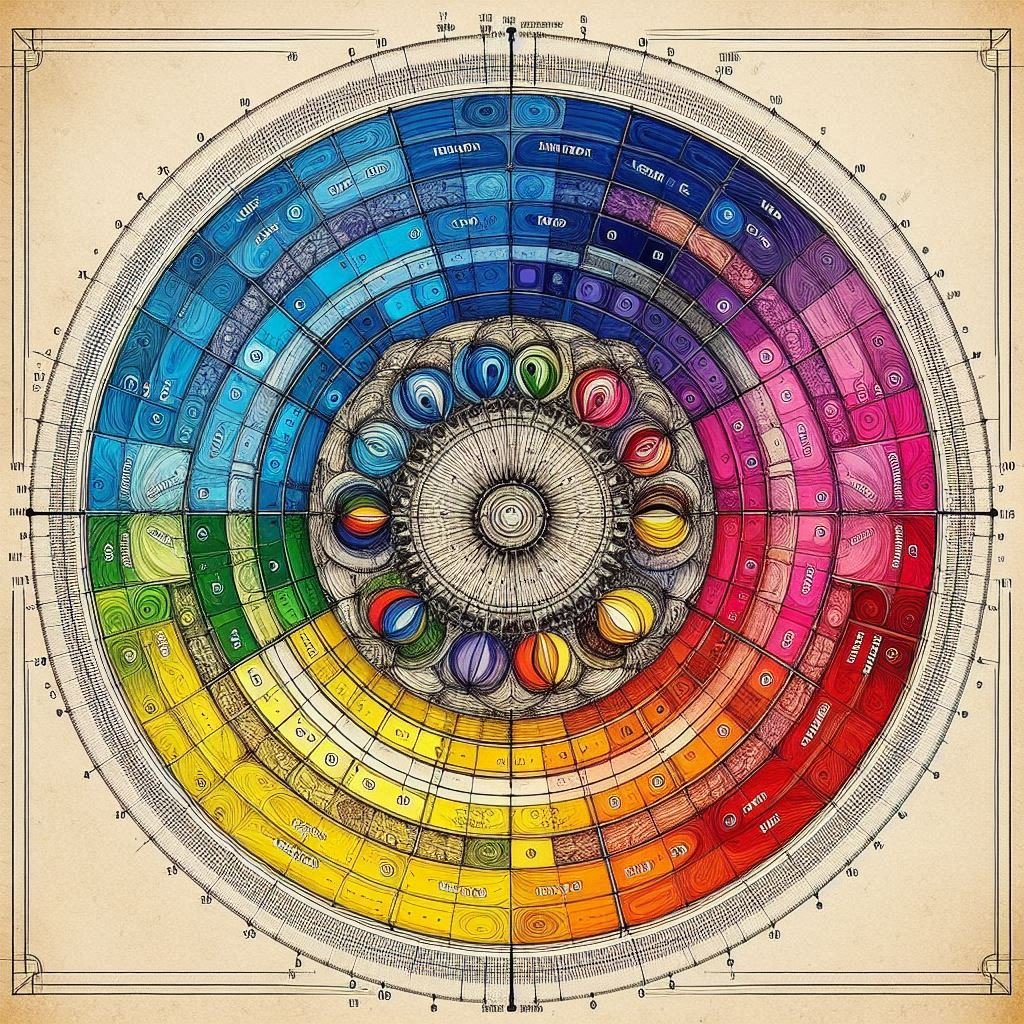
The Psychology of Color in Your Wardrobe: How Your Outfit Affects Your Mood and Others' Perceptions
Share
Have you ever noticed how certain colors seem to make you feel more confident, calm, or energized? Color psychology, the study of how colors influence human behavior and emotions, plays a significant role in how we dress—and in how others perceive us. Choosing what colors to wear isn’t just about aesthetics; it’s a subtle art that can boost your confidence and impact how others feel around you. Here’s a dive into the psychology of color in your wardrobe, and how you can make color choices that align with your mood, intentions, or even daily goals.
1. The Power of Red: Bold, Confident, and Unmissable
Red is often associated with passion, energy, and action. Psychologically, it’s known to increase heart rates and trigger excitement. In fashion, red can be a power color, making the wearer seem confident and assertive.

Wearing red may be especially helpful on days when you need an extra boost—like for a big presentation or an important meeting. But be cautious with red in certain contexts; it can also convey aggression, so if you’re looking to establish a cooperative tone, you might want to soften the look by pairing red with more neutral colors like black or white.
2. Blue for Calm and Trustworthiness
Blue is universally liked and often evokes feelings of calmness, trust, and dependability. It’s no wonder that many corporate uniforms and logos use blue—it inspires a sense of security and professionalism.

Wearing blue can be especially helpful in situations where you want to appear calm and collected, like during interviews or networking events. Light blue can evoke a gentle, peaceful vibe, while darker blues convey authority without the intensity of black.
3. Yellow for Optimism and Creativity
Yellow is a color that screams optimism and energy. It’s associated with warmth, positivity, and creativity, making it a fantastic choice for days when you’re feeling upbeat or want to spread cheer to those around you.

Because yellow is so eye-catching, it’s a fantastic choice for casual, creative spaces where vibrancy is welcome. However, some people find large amounts of yellow overstimulating, so if you want to include it in your wardrobe, consider accent pieces like scarves, belts, or jewelry.
4. Green: Balance and Renewal
Green has strong associations with nature, balance, and renewal. This color can have a grounding effect, which can be particularly beneficial on days when you’re feeling stressed or overwhelmed.

Wearing green can signal to others that you’re approachable and down-to-earth. Darker greens, like emerald or forest green, add a touch of elegance and can work well in professional settings, while lighter greens feel fresh and energetic, ideal for outdoor events or casual gatherings.
5. Black: Power, Sophistication, and Mystery
Black is perhaps the most versatile color in fashion, often associated with power, sophistication, and elegance. It’s a go-to color for formal occasions and is commonly seen as slimming, adding to its allure.

Black can also create a sense of mystery or authority. However, wearing too much black can sometimes make you seem closed-off or unapproachable, so consider balancing it with lighter colors if you want to soften your look.
6. White for Freshness and Simplicity
White symbolizes purity, simplicity, and a fresh start. Wearing white can make you feel composed and clean, projecting an air of openness and calm. It’s often seen in summer wardrobes, as it reflects light and feels cooler.

White can also convey a sense of peace and new beginnings, making it a great choice when you want to start the day with a clear mindset. In professional settings, white can give a polished look when paired with neutral tones like beige or gray.
7. Purple for Creativity and Spirituality
Historically associated with royalty, purple is a color that blends the calmness of blue with the energy of red. It’s often linked to creativity, mystery, and spirituality.

Wearing purple can make you feel imaginative and inspired, so it’s a great choice for creative fields or social gatherings where you want to leave a unique impression. Darker purples, like plum, can add a touch of luxury to your outfit, while lighter lavenders bring a softer, more whimsical vibe.
Using Color Intentionally in Your Wardrobe
Being mindful of color psychology doesn’t mean overhauling your wardrobe; even subtle changes can make a difference. Start by experimenting with accent pieces in colors that evoke the emotions you want to feel. For instance, a red scarf might give you a confidence boost on a nerve-wracking day, while a blue blazer could add calm to your demeanor.
In the end, choosing colors that make you feel good is more important than any rule. By paying attention to how colors affect you, you can make more intentional choices that uplift your mood and project the image you want others to see. Whether it’s a pop of bold red or a calming blue, the right color can give you a little extra boost—inside and out.



